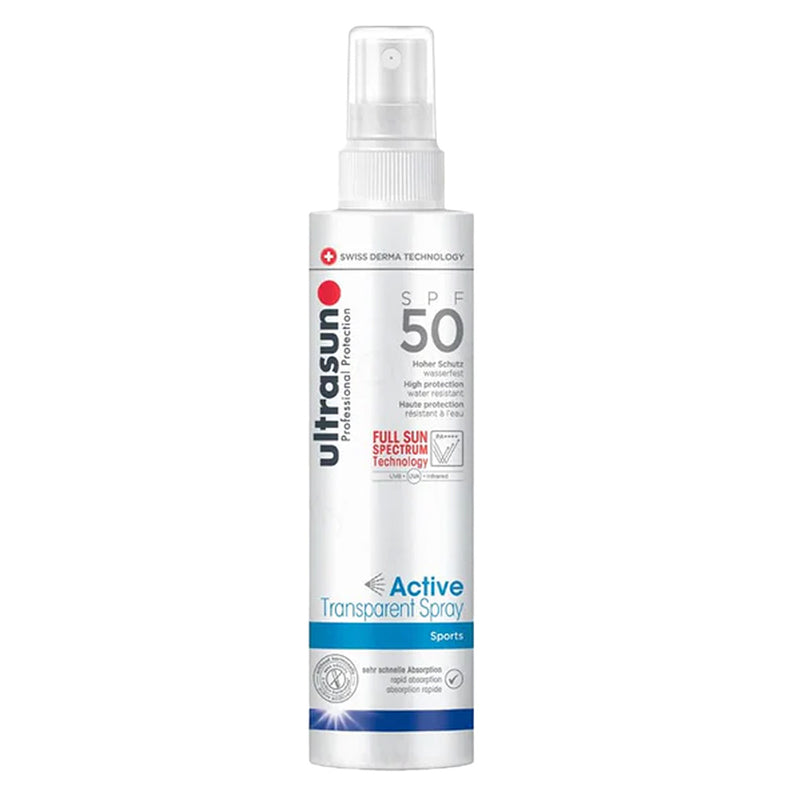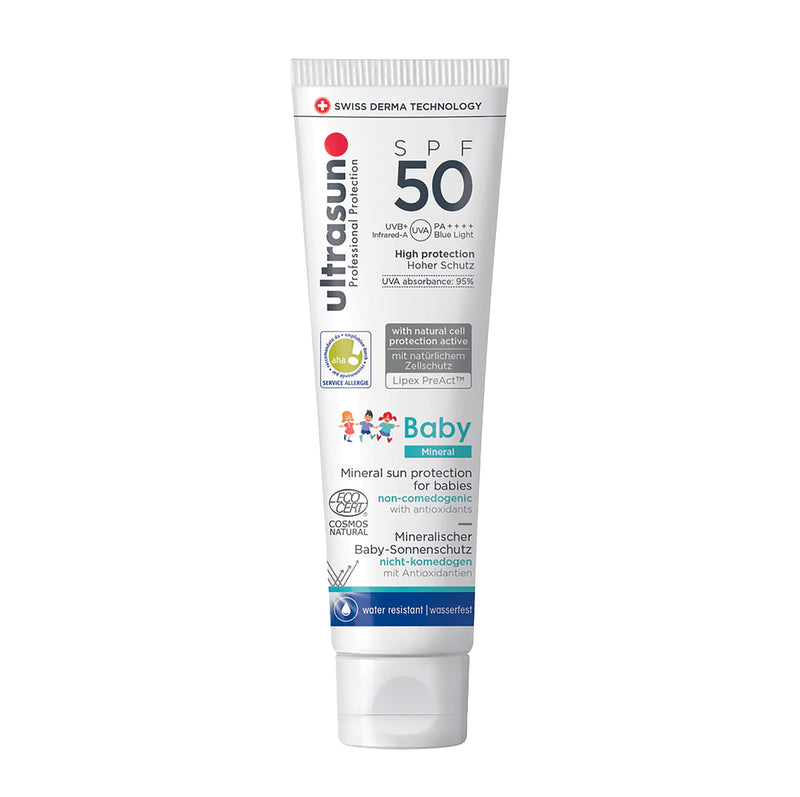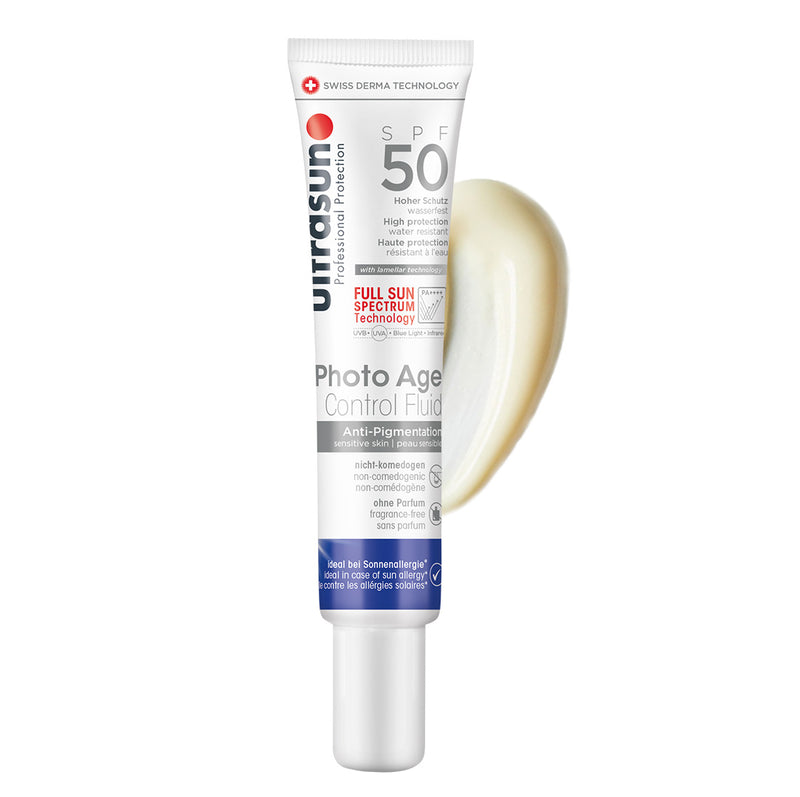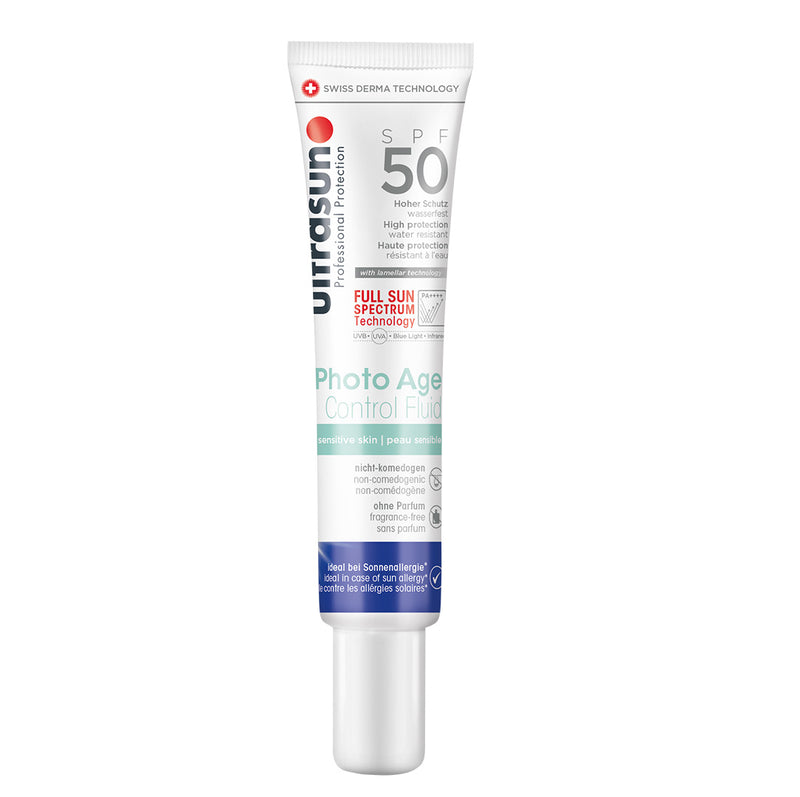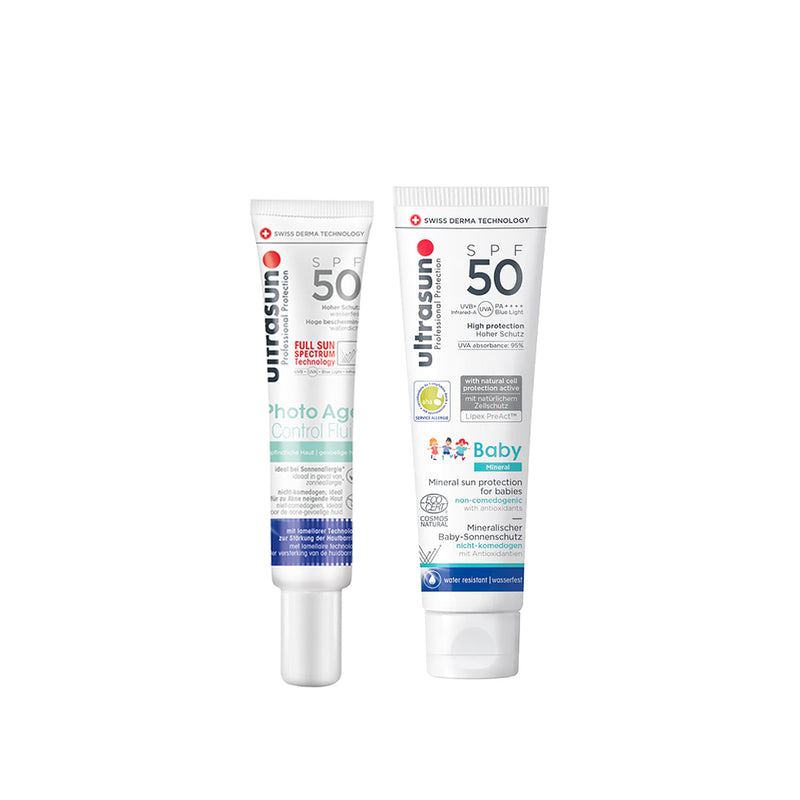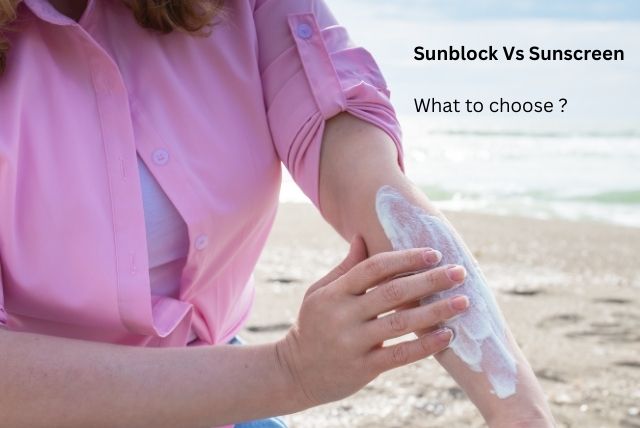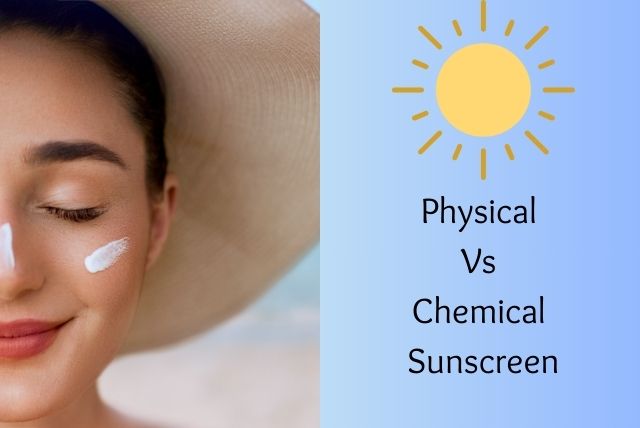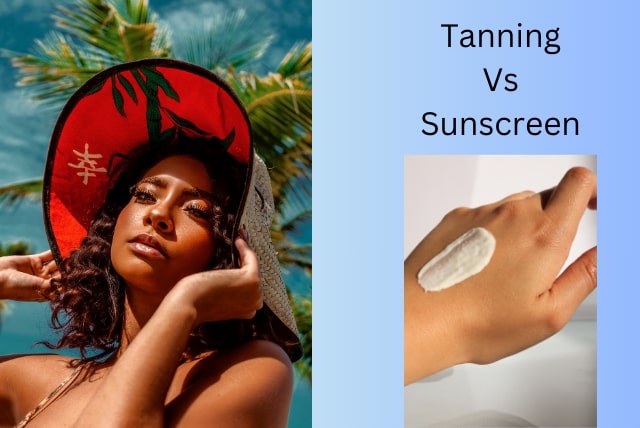Sunscreen is a non-negotiable component of any skincare routine, acting as a shield against harmful UV rays. However, when it comes to choosing the right sunscreen, the decision often boils down to two primary categories: physical and chemical sunscreens. In this comprehensive guide, we'll delve into the differences between the two and help you make an informed choice for your sun protection needs.
What is the Difference Between Physical and Chemical Sunscreens?

Physical Sunscreens:
Physical sunscreens, also known as mineral or inorganic sunscreens, create a physical barrier on the skin's surface. The two main ingredients in physical sunscreens are zinc oxide and titanium dioxide. These components function by remaining on the skin's surface, either reflecting or dispersing ultraviolet rays.
Key Points:
- Offers immediate protection upon application.
- Suitable for sensitive skin as they are less likely to cause irritation.
- Effective against a broad spectrum of UV rays, including UVA and UVB.
Chemical Sunscreens:
Chemical sunscreens, on the other hand, contain organic compounds such as avobenzone, octocrylene, or octinoxate. These substances absorb ultraviolet (UV) radiation, transform it into heat, and subsequently release it from the body.
Key Points:
- Takes approximately 20 minutes to become effective after application.
- Suitable for oily, sensitive, dry skin, combination & all skin types.
- May be formulated to provide specific protection against UVA or UVB rays.
- Frequently chosen for their light and non-greasy sensation when applied to the skin.
Who Should Use Chemical Sunscreen?
Chemical sunscreens may be more suitable for:
1. Daily Use: Individuals looking for a lightweight and cosmetically elegant option for daily use, especially under makeup.
2. Those Averse to White Residue: People who prefer sunscreens that absorb into the skin without leaving a noticeable white residue.
3. Various Skin Types: Chemical sunscreens are generally suitable for a wide range of skin types, from normal, dry skin to oily, combination skin.
What to Look for When Choosing any Sunscreen?
- Broad-Spectrum Protection: Ensure the sunscreen protects against both UVA and UVB rays.
- SPF Rating: Choose a sunscreen with a Sun Protection Factor (SPF) appropriate for your skin type and the level of sun exposure.
- Water Resistance: If swimming or sweating, opt for a water-resistant formula to maintain effective protection.
- Skin Type: Consider your skin type and any specific concerns, such as sensitivity or oiliness, when selecting a sunscreen.
- Ingredients: Check for hypoallergenic or non-comedogenic formulations, and other sunscreen labels especially for individuals with sensitive or acne-prone skin.
Which is Better: Physical or Chemical Sunscreen?
The choice between physical and chemical sunscreen often depends on individual preferences, skin type, and specific needs. For most of the skin types and adults, chemical sunscreens are better than physical sunscreens. Here's a breakdown to assist you in making a decision:
Physical Sunscreen:
- Suitable for babies or kids for their sensitive skin.
- Great for individuals with skin conditions like rosacea or eczema.
Recommended Physical sunscreen: Buy Mineral sunscreen for babies and kids
Chemical Sunscreen:
- Lightweight and Suitable for daily use under makeup.
- Penetrates into the skin without leaving any visible white residue.
- Chemical sunscreens are often preferred for their transparent and smoother application, making them compatible with makeup routines.
Recommended Chemical sunscreen:
- Buy Ultrasun protection sunscreen for dark spots & pigmentation
- UV, Infrared, Blue light protection for sensitive and all skin types
- Transparent sunscreen without silicone for ultimate protection
Why should you use Ultrasun Physical and Chemical Sunscreens and not other brands?
- Benzophenone 3, Octinoxate and other harmful ingredients are used in major chemical sunscreens brands but Ultrasun brand is different because Ultrasun does not use these ingredients in their products as these ingredients are hormone disruptors & are harmful to coral reef and environment.
- Ultrasun sunscreens are 100% safe to use because of no harsh chemicals.
- Give sun protection from UV, Infrared and blue light with SPF 50 and PA++++ rating.
- Ultrasun chemical and physical sunscreens are free from fragrance, paraben and preservatives.
- Ultrasun physical sunscreens also do not contain any harmful ingredients and should be used specifically for babies or kids because of their hypersensitive skin
- Ultrasun sunscreens can be used for oily, sensitive, acne prone, dry, combination or normal skin without any worry.
Some other easy ways to get protected from the sun
In addition to physical and chemical sunscreens, there are alternative methods for sun protection:
- Clothing: Wearing tightly woven, dark-coloured clothing with long sleeves and pants provides a physical barrier against UV rays.
- Hats: Wide-brimmed hats offer shade to the face, neck, and ears, providing an additional layer of protection.
- Sunglasses: UV-blocking sunglasses protect the eyes from harmful rays and reduce the risk of cataracts and other eye conditions.
- Shade: Seeking shade, especially during peak sunlight hours, is an effective way to minimize direct exposure to UV radiation.
Conclusion
In summary, the "better" sunscreen depends on your skin type, preferences, and intended use. Physical sunscreens offer immediate protection and are suitable for sensitive skin, while chemical sunscreens provide a lightweight feel and are often more cosmetically elegant. Ultimately, the key is consistent application, regardless of the type you choose, to ensure your skin remains protected against the sun's harmful rays.


